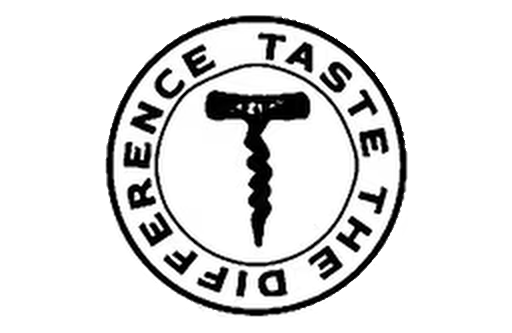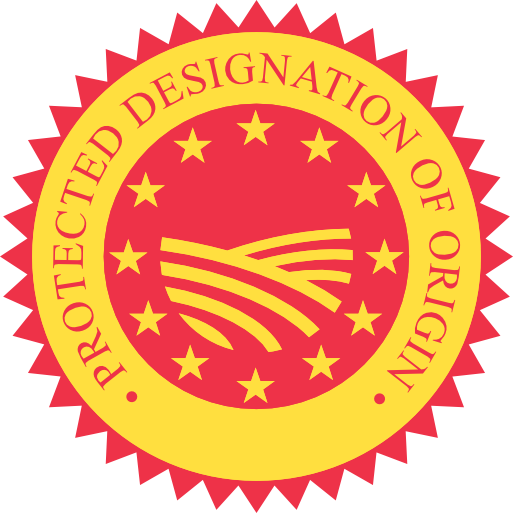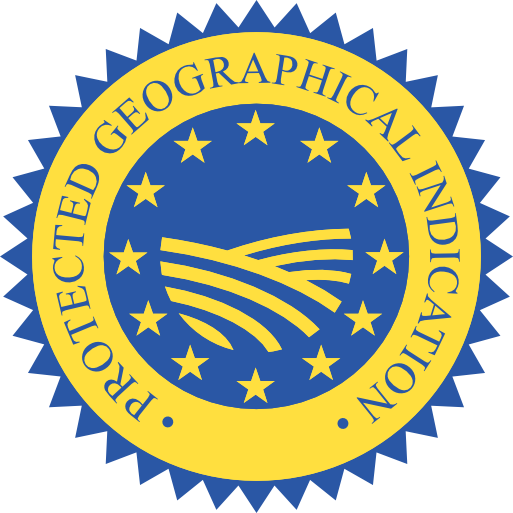PDO Conca de Barberà
Website: www.doconcadebarbera.com
History:
Conca de Barberà is a wine-producing region with strong ties to its history and farming traditions. These qualities have not been an obstacle to an intense entrepreneurial and pioneering spirit that makes the region a uniquely attractive place.
Landscape, history, forward-thinking producers and a unique grape variety, Trepat, define a wine-producing region like few others, where the past has shaped the present and paves the way for the future.
Trepat coexists in Conca de Barberà with other indigenous and imported varieties that were first introduced in the late 1980s, when newly established wineries decided to grow grapes with higher alcohol potential such as Ull de Llebre, Cabernet Sauvignon, Merlot, Monastrell, Syrah and Garnacha Tinta. In whites, Macabeu is the predominant variety, followed by Parellada, Chardonnay, Sauvignon Blanc, Garnacha blanca, Viognier and Muscat of Alexandria.
An innovative approach and an enterprising character are the qualities shared by all the producers in Conca de Barberà, be it major wine-producing groups or artisanal, romantic projects. The producers in Conca de Barberà are committed to showing the best side of Trepat and other varieties with wines imbued with an identity of their own.
Conca de Barberà combines in a single territory a rich historical heritage, a contrasting wine-growing landscape and an excitingly innovative character. All these factors have had an impact not only on its vineyards, where decades-old vines coexist with new plantings. The area’s historical legacy has also been shaped by the Romans, the Knights Templar, the Benedictine monks and, of course, the farmers and producers who built the imposing Modernist bodegas known as the Cathedrals of Wine.
NUMBER OF WINERIES: 19
SURFACE AREA (acres): 2.875 ha
PRODUCTION VOLUME: 8.000 Hl i 1.000.000 ampolles
MAIN VARIETY (TOP3): TREPAT, MACABEU, PARELLADA
TERRITORY (TYPE OF SOIL, LANDSCAPE)
The soils on which the Conca de Barberà vineyards lie are composed of alluvial material (the result of erosion caused by the rivers that flank it) and are primarily limestone. The soils are poor in organic matter and can be clayey, with a reddish or brownish colour and a slightly looser texture. River terraces can be found on the basin floor; and to the southwest of the appellation, bordering the Prades Mountains, llicorella soils are also present.



